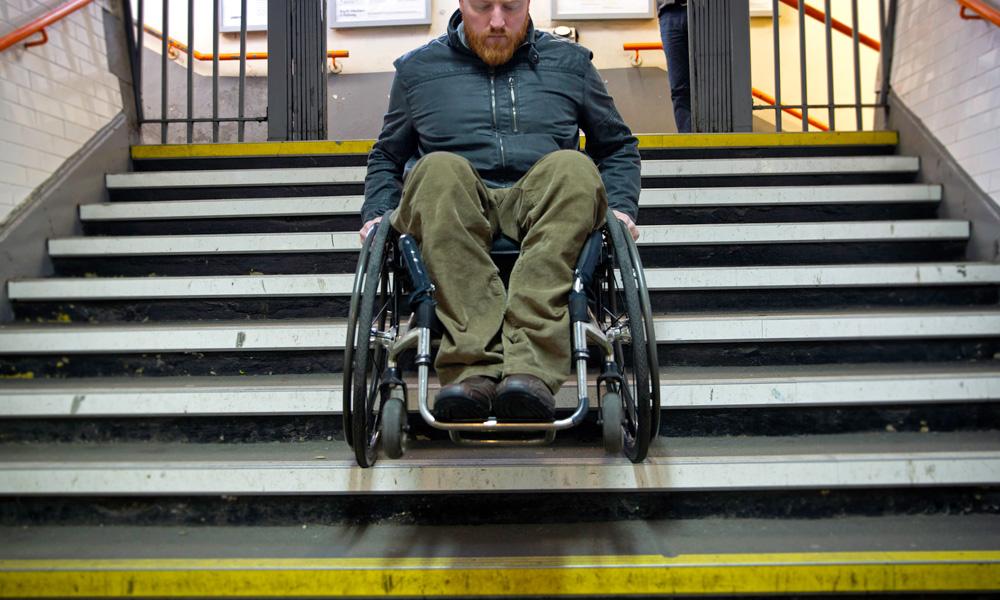Accessible trains
We are campaigning to make rail accessible as 41% of stations in Britain don’t have step-free access. Without significant progress, the system won’t be accessible until 2070.
Our research
This inaccessibility prevents disabled people from participating fully in society. In our research:
- 22% of disabled people said they felt isolated by inaccessible transport.
- 21% said inaccessible transport had a negative impact on their mental health.
- 18% said they were unable to keep active.
- 15% said they were unable to go out with family or friends.
Download our report
- Get on Board 2020: Making the economic case for “levelling up” inclusive transport Size: 2.5 MB Type: application-pdf
- Get on Board Executive Summary Size: 1.24 MB Type: application-pdf
- Get on Board 2020: Making the economic case for “levelling up” inclusive transport - plain text Size: 875.99 KB Type: application-vnd.openxmlformats-officedocument.wordprocessingml.document
Linking inclusive transport and employment
There shouldn’t be a price tag on equality - we should all have access to the same services regardless of being disabled. - Danielle, North Ayrshire
We worked with WPI Economics to find out what impact inaccessible travel has on disabled people’s employment. Our findings make it clear what the Government needs to do to make rail travel accessible.
Our research shows that 1-3% of total transport government investment (£2bn to £6bn) would make the railway network step-free. This would help around 51,000 people with work-limiting disabilities into work.
There would be wider benefits too of potentially £450 million per year for the Exchequer and an economic boost of £1.3 billion.
If you agree to #GetonBoard today and join our campaign, together our voice is louder.
Get on board for trains for all
We’re calling for a new law that guarantees all rail journeys in Britain will be fully accessible by 2030. This must include an implementation plan with sufficient funding to ensure genuine progress is made.
Read about our research and the change we want to see in our policy report.
